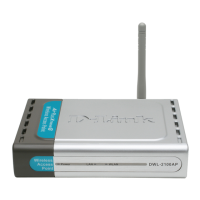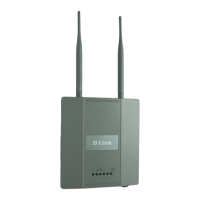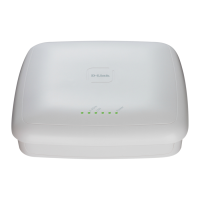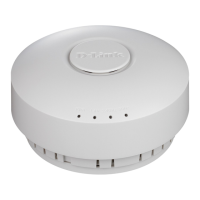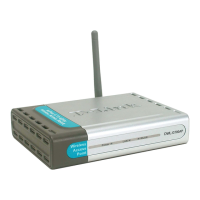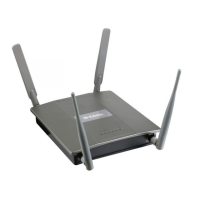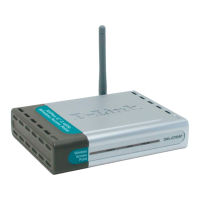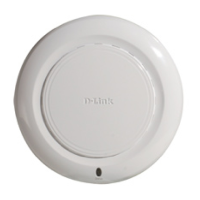Monitoring Status and Statistics
D-Link Unified Wired and Wireless Access System
Oct. 2015 Page 489
D-Link UWS User Manual
Command Buttons
The page includes the following button:
• Refresh—Updates the page with the latest information.
AP RF Scan Status
The radios on each AP can periodically scan the radio frequency to collect information about other APs and
wireless clients that are within range. In normal operating mode the AP always scans on the operational
channel for the radio. Two other scan modes are available for each radio on the APs:
• Scan Other Channels: Configures the AP to periodically leave its operational channel and scan other
channels within that frequency.
• Scan Sentry: Disables normal operation of the radio and performs a continuous radio scan. In this mode,
no beacons are sent, and no clients are allowed to associate with the AP.
When Scan Other Channels or Scan Sentry modes are enabled, the AP scans all available channels on each
radio. When the scan is complete, the AP sends information it collected during the RF scan to the switch that
manages it. For information about how to configure the scan mode, see “Radio Configuration” on page 549.
The DWS-4000 Series switch considers an access point to be a rogue if is detected during the RF scan process
and is classified as a threat by one of the threat detection algorithms. To view the threat detection algorithms
enabled on the system, go to the WLAN > Administration > Advanced Configuration > WIDS Security page.
From the WLAN > Monitoring > Access Point > AP RF Scan Status page, you can view information about all
APs detected via RF scan, including those reported as Rogues.
You can sort the APs in the list based any of the column headings. For example, to group all Rogue APs
together, click Status.
Switch IP Address Shows the MAC address of the switch in the cluster that reported the AP
authentication failure.
Validation Failures The count of association failures for this AP.
Authentication Failures The count of authentication failures for this AP.
Age Time since failure occurred.
Status entries for the AP Authentication Failure page are collected at a
point in time and eventually age out. The age value for each entry shows
how long ago the switch recorded the entry. You can configure the age
out time for status entries on the WLAN > Administration > Advanced
Configuration > Global page. You can also manually delete status
entries.
Table 286: Access Point Authentication Failure Details (Cont.)
Field Description
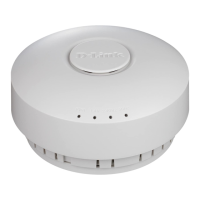
